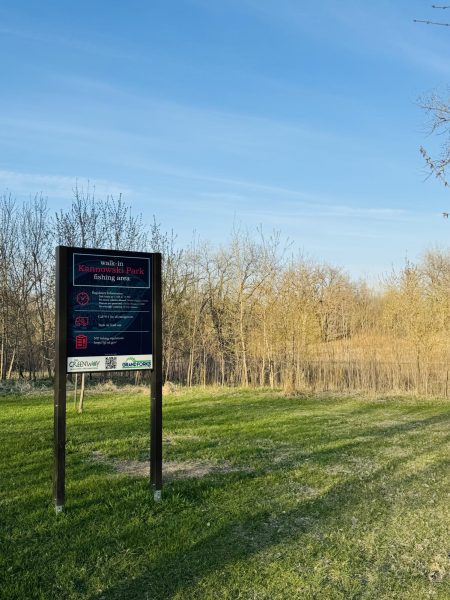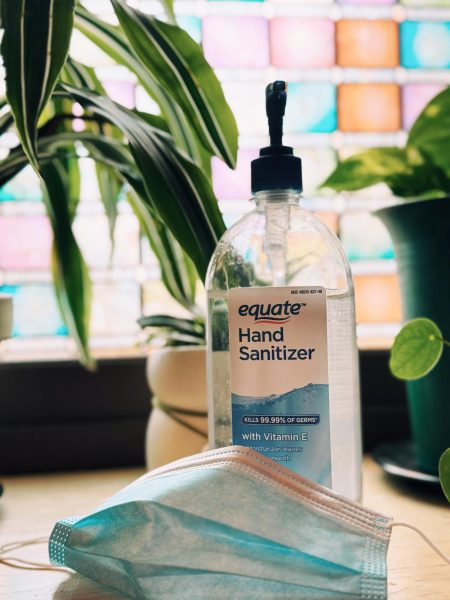Honeybees shouldn’t be as feared as wasps
November is the season of pumpkin spice, Ugg boots and Thanksgiving.
Most people love pumpkin pie during the holidays. You can thank a bee for that, because bees pollinate pumpkins. I may be biased when I say honey bees are one of the coolest organisms on this planet, partly due to the fact that I have been studying them for more than a year now. They have cute little features like pollen baskets and communicate through dancing. What’s not to like, am I right?
When most people find out that I love honey bees, they tell me “Those things are devils, they sting me all the time.” Well my friends, that is not true. You might get stung if you bug them. However, I find that a lot of people confuse these cute little creatures with the actual devil — a wasp. So I will take this opportunity to inform you on the differences between these two species.
If you have something buzzing past you, instead of running away, try to catch the colors of the insect. Wasps tend to have shades of bright yellow all around their body and are hairless. Wasps also have a very narrow waist which makes them easy to detect.
Honey bees have distinct hairs on their body and have darker shades of yellow on their abdomen. They also have thicker legs to collect pollen which might visible depending where and when you see them.
Sometimes you might even be running away from something that isn’t capable of harming you at all. Some species of flies are actually bee mimics and act as pollinators as well. These flies have the same black and yellow coloration on their abdomen. I spent many years of my life running away from these flies because at a glance, they look like they could sting you. But I know better now.
Honeybees are extremely important to North Dakota. Can you guess who the No. 1 producer of honey is in the United States?
According to the Natural Resources Conservation Service, North Dakota produces the most honey nationwide. So not only are bees good for our economy but they’re also important for the food we eat. Bees pollinate $14.6 billion worth of crops, according to the American Beekeeping Federation.
I have spent a lot of time around these little buggers and I have not been stung once. I have specific plants in my garden that attract different species of bees. I oftentimes have bees that will run into me or land on me and they just fly away if you stay calm by not swatting at them or running away.
On the other hand, I am not saying to go kill wasps at your leisure. According to the United States Department of Agriculture, wasps can also pollinate important crops like figs. Without wasps we may not be able to enjoy those delicious Fig Newtons.
Knowing the difference between wasps and honey bees is important since the two are commonly mistaken for one another. Most of the time honey bees won’t sting you unless you provoke them. However, wasps are more aggressive in nature so I recommend running fast and far away.
If you don’t like insects, just be nice to the little creatures and know when to run and when to let them buzz on by.
This Thanksgiving please remember to be thankful for the feast that pollinators have brought to your table.
Becca Devine is a staff writer for The Dakota Student. She can be reached at [email protected]











